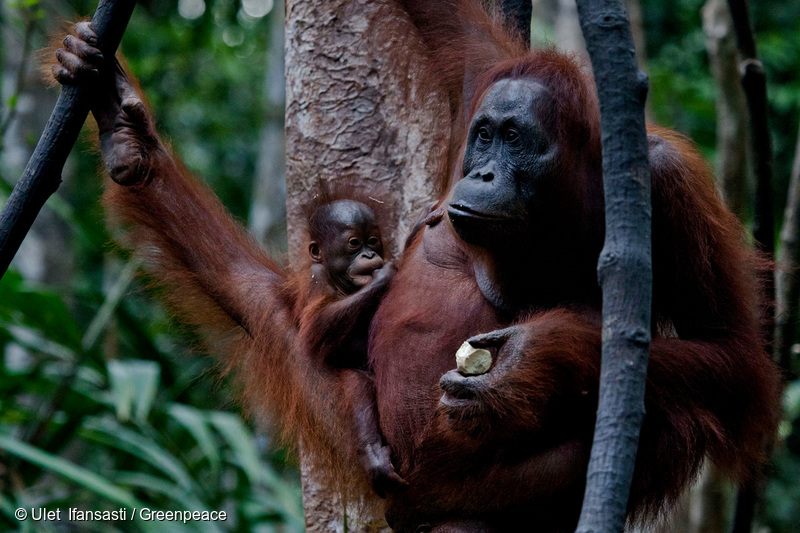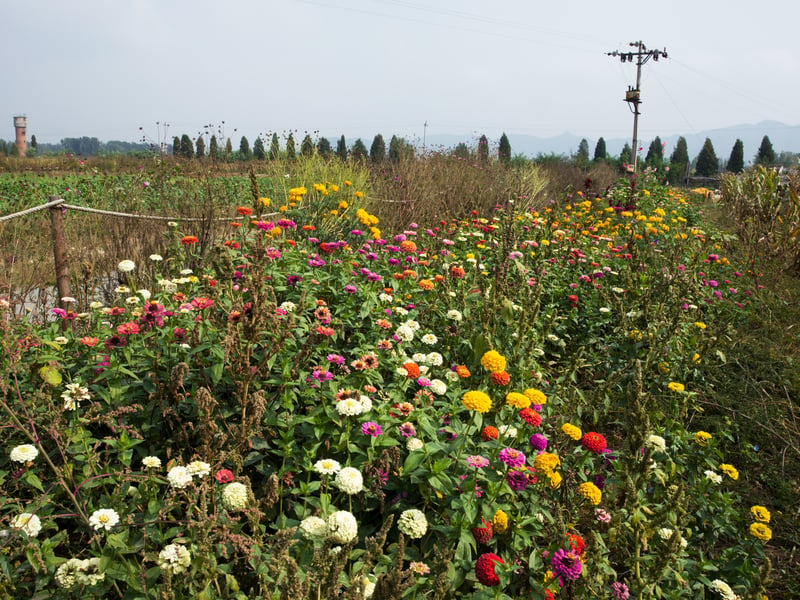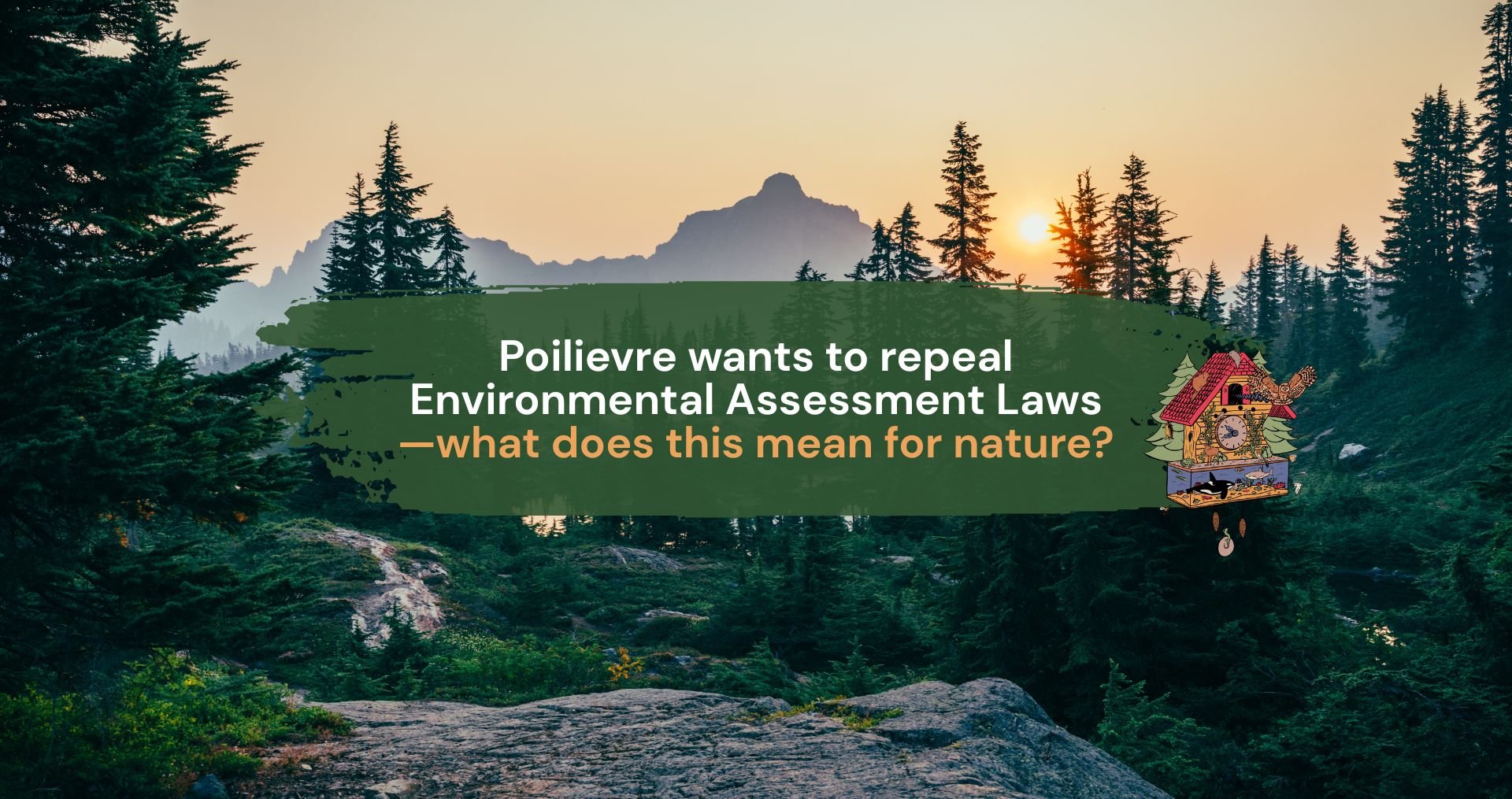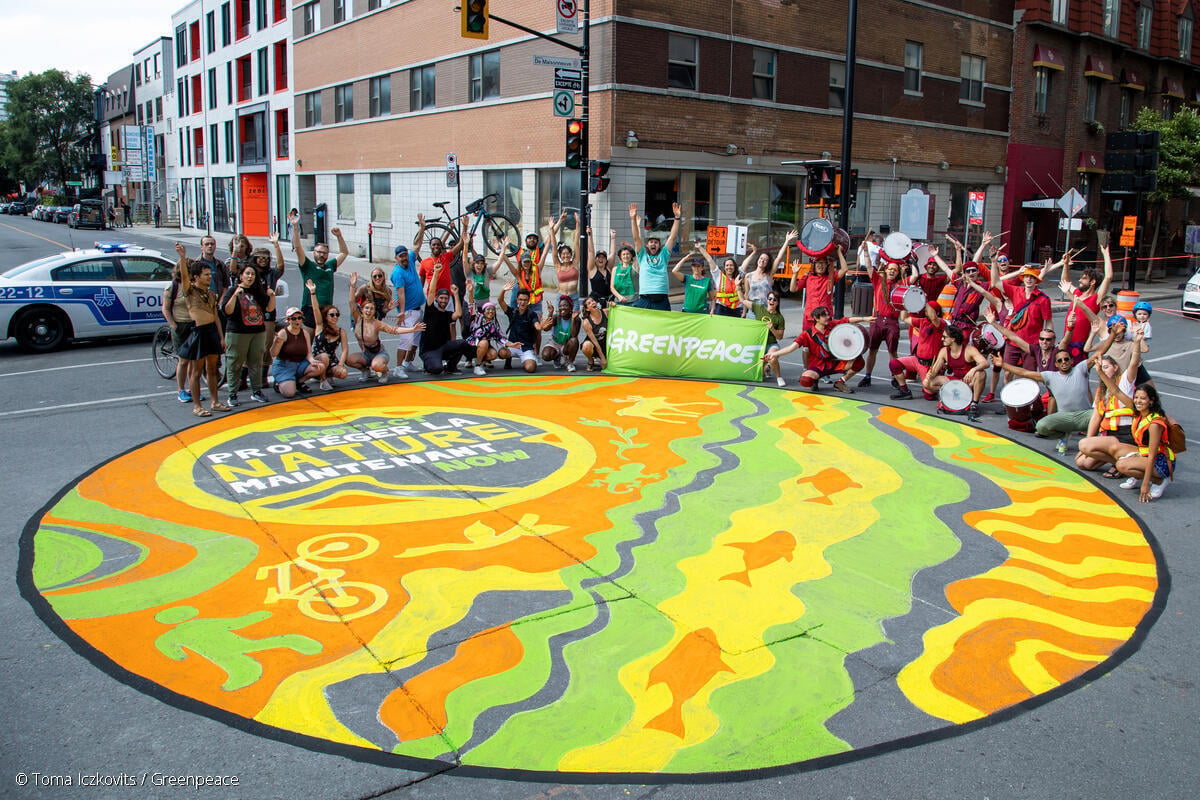Guest blogger Rachel Solway — Babysits Canada
As adults, we can see how complex the problem of palm oil is. But explaining the problems of palm oil to children may seem like a challenge. Although it’s important for them to learn about the effects of palm oil, we don’t want them to lose hope for what can be done to protect the rainforest and its wildlife. We don’t need to be apprehensive about having these conversations with our kids, if they are done in the right way.
This educational tool will help you and your children to break down the basics of palm oil, where and how it grows, the problems it causes, and the affected wildlife. It will also provide some fun facts about the beautiful Indonasian rainforest and its amazing creatures like the orangutans. This guide about explaining palm oil to children can help navigate the conversation in an educational way and can empower them to feel like they can make a difference!

What is palm oil and where does it end up?
So what is this dirty palm oil we keep hearing about? Palm oil is a vegetable oil that comes from the fruit of the oil palm tree. The oil found in the fruit comes from the pulp and the seeds. These trees originate from West Africa, as well as Central and South America. Palm oil trees produce high amounts of oil and will keep growing fruit for up to 30 years, which is one of the reasons why palm oil has become so popular.
Palm oil from the pulp of the fruit is mainly used in prepackaged food and cooking products, and is the most popular cooking oil in Asia. Palm oil that comes from the seeds, called palm kernel oil, is used in many cosmetics and beauty products. Palm kernel oil is also used to feed and fatten cows and other animals that are eaten by humans. This is yet another reason to switch to more plant-based options.
Unfortunately, palm oil has a mild taste and is categorized under many different names, so it is often hidden in plain sight. Overall, it’s very difficult to walk through a supermarket and not find a product with palm oil in your shopping cart. The best thing we can
do as parents is to teach our children why it is important to shop locally, due to the many impacts that the global food industry has on the planet.
Where do oil palm trees grow?
Palm oil trees grow primarily in Indonesia and Malaysia. This is because there is a perfect tropical and humid climate near the equator where the trees thrive. Indonesia and Malaysia are in Southeast Asia, surrounded by the Indian and Pacific Oceans. Indonesia is an archipelago, a country of many islands located across the equator. Malaysia is located just above the equator and borders Indonesia. These areas account for a great amount of the world’s rainforests, biodiversity, and rare and endangered species. Take a look!
The mass palm oil plantations not only harm the rainforest, but the wildlife and indigenous communities that rely on the forest for survival. Cutting down the rainforest for oil palm plantations also releases large amounts of CO2 into the atmosphere. Unfortunately, there is not as much rainforest left as there once was to absorb CO2 and regulate the earth’s climate. This problem may seem overwhelming, but one thing we can do is to teach our children about the importance of the rainforest and all the beauty that it holds!
Rainforests:
Rainforests are often referred to as the lungs of our planet. They store greenhouse gases and help humans, animals, plants breathe and keep our climate balanced. Take a look at these fun facts about rainforests and why it’s so important that we teach our children to protect them.
Orangutans:
Orangutans are one of Indonesia’s most iconic animals, and are currently losing their habitat due to deforestation for palm oil plantations. They are a remarkable and intelligent species and need a lot of help to keep them safe! Here are some fun facts about these amazing animals:
What you can do:
Helping our children understand why palm oil is so destructive for the planet is an important way that we can make sure they are educated and aware about the major issues that our planet is facing. With your help, more children will feel motivated to make a difference. One great way to teach our children is to lead by example. Visit the Greenpeace Canada campaign page to see how you can help to stop palm oil deforestation.
You can also add your name to this petition to protect Indonasian rainforests, wildlife and communities!
This article was written by Rachel Solway on behalf of Babysits Canada.
* Please note that this blog is written by an invited blogger, not by Greenpeace staff. We did not verify the veracity of sources and references.



